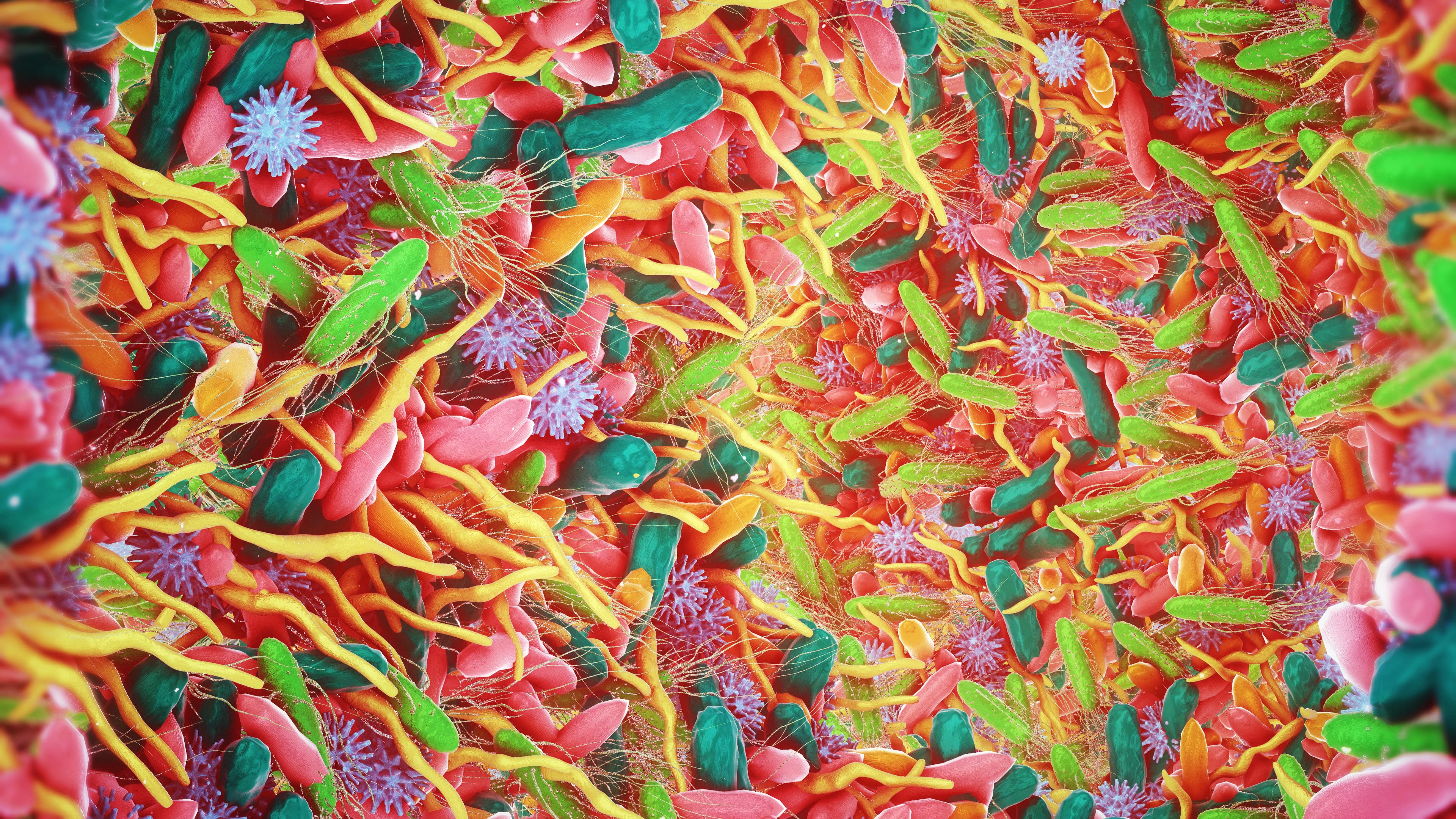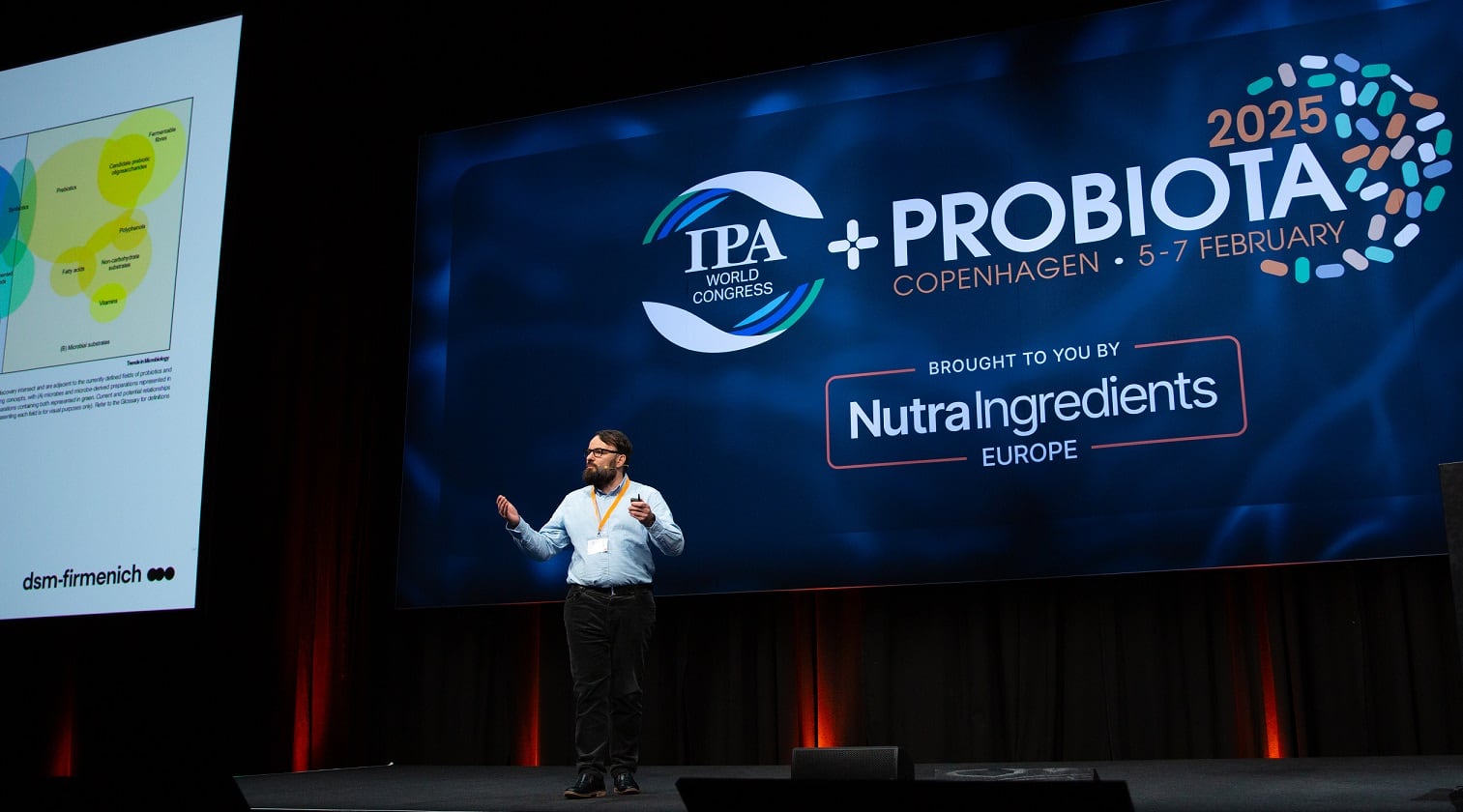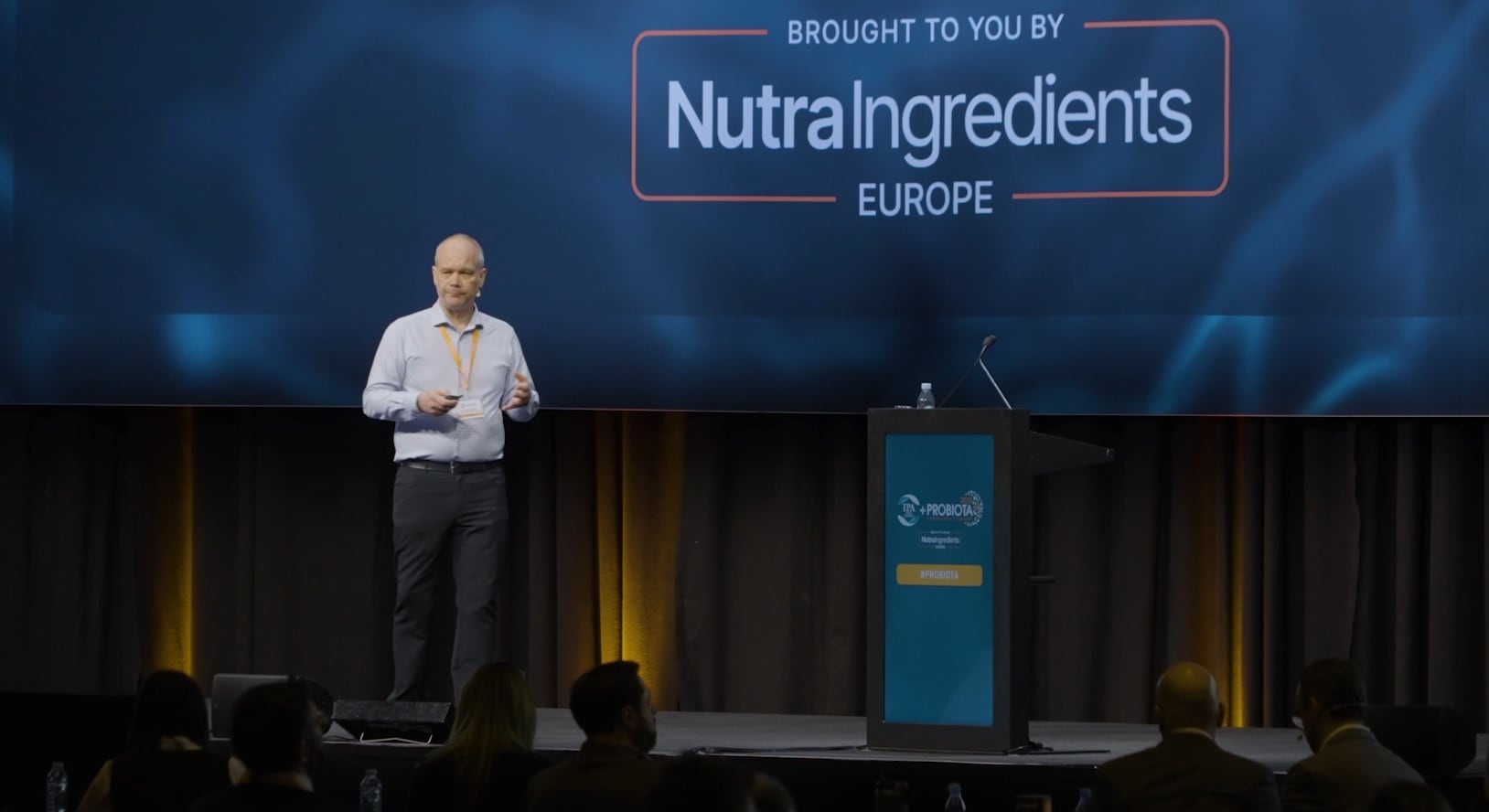S. thermophilus is the second most important species of industrial lactic acid bacteria after Lactococcus lactis and has a long history of use as a starter culture in dairy products. While the bacterium is a well-known producer of folate, a new study published in Food Microbiology and Biotechnology indicates that specific bacteria may grow better in the presence of folate and S. thermophilus.
Korean scientists from Inha University, Ildong Bioscience, Kyungpook National University and Dongguk University report that Bacteroides thetaiotaomicron, Veilonella parvula and Ruminococcus faecis grew 2.8-, 3.6- and 3.9-fold higher in the presence of folate, respectively, than in the absence of the B vitamin.
“Our results indicate that the interaction between probiotics and the human gut microbiota can influence changes in ecological balance through nutrient cross-feeding, and understanding this interaction can be applied to precision probiotic therapies,” they wrote.
The Pantryome
The study aligns with the concept of the “pantryome”, which is based on the idea of community sharing of nutritional metabolites produced by the microbiome. In other words, individual bacteria that lack some nutrients can access what they need from this shared pool of metabolites and can, in return, give excess metabolites back to the pool for other microorganisms to use.
This concept, proposed by Dr. Jeremy Burton, chair in human microbiome and probiotics, Lawson Health Research Institute, University of Western Ontario, has important implications for health, wellness and disease in terms of considering the microbial community as a whole and not just an individual bacterium.
Commenting independently on the new study, Dr. Burton told NutraIngredients: “People have investigated Streptococcus thermophilus for its potential in folate production. However, their focus was on supplementation to meet human requirements rather than other microbes in the microbiome, making this interesting in this respect and revealing a new probiotic mechanism that has been hiding in plain sight: Supporting the microbiome. Microbial production of folate, if my memory serves me correctly, is insufficient; that’s why we need more through our diet.”
Study details
The Korea-based scientists characterized the secreted metabolite profiles of 16 commercial probiotic strains from Ildong Bioscience. The data showed that only S. thermophilus IDCC 2201 and Limosilactobacillus fermentum IDCC 3901 produced folate.
“In vitro growth experiment of S. thermophilus in the mSHIME mimicking human intestinal environment further verified production of folate secreted by S. thermophilus, while less amount was produced by L. fermentum,” the researchers wrote. “Overall, each probiotic strain exhibited a unique B vitamin biosynthesis profile, and especially, S. thermophilus was suggested as a potential folate provider to host as well as commensal gut microbiota for nutrient cross-feeding.”
Additional analysis showed that Bacteroides thetaiotaomicron, Veilonella parvula and Ruminococcus faecis grew dependently on both folate and S. thermophilus. In addition to the increases in growth in the presence of folate, these bacteria also exhibited 1.2-, 1.3- and 1.9-fold increases in growth when co-cultured with S. thermophilus compared to other bacterial species.
“Our findings confirm that probiotics possess distinct metabolic profiles, including SCFAs and B vitamins,” wrote the researchers. “Moreover, the pairwise co-culture of probiotics with human gut microbiota reveals specific microbe-microbe interactions driven by nutrient cross-feeding, with a notable emphasis on folate.
“These results suggest that each nutrient cross-feeding interaction could represent a microbial survival strategy in response to environmental limitations.”
Source: Food Microbiology and Biotechnology, 2025. 35: e2502045. doi: 10.4014/jmb.2502.02045. “Folate Production by Streptococcus thermophilus IDCC 2201 and Its Impact on Human Gut Microbiota”. Authors: Eoun Ho Nam, et al.




